Located in the Louvre Museum in Paris, the Victory Stele of Naram-Sin is a fascinating artifact that dates back to the Akkadian period of Mesopotamia. This magnificent limestone monument, standing over 6 feet tall, is a testament to the grandeur of ancient civilizations and their artistic prowess. It is a captivating piece of history that offers a glimpse into the life and reign of Naram-Sin, a powerful Akkadian ruler.
Ancient Artifacts
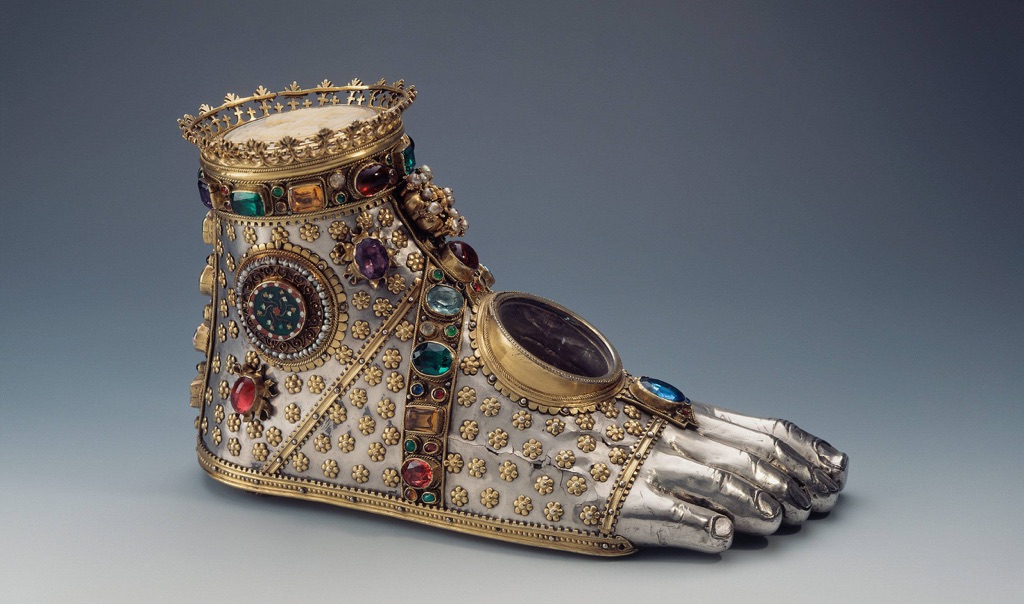
Moving to the East, ancient China artifacts like bronze vessels and oracle bones shed light on the rituals and governance of early Chinese dynasties. These artifacts highlight China’s long history of craftsmanship and written language. Similarly, ancient Egyptian artifacts are world-renowned, particularly for their funerary art, such as the treasures from King Tutankhamun’s tomb. These pieces reflect the Egyptians’ beliefs about death and the afterlife. Artifacts are not just old objects to be displayed in museums; they are keys to unlocking the secrets of human development across the ages. They preserve the ideas and values of people who lived thousands of years before us. Through careful study, they teach us about our collective history and heritage.
Among the most famous ancient artifacts in the world is the Rosetta Stone. Discovered in 1799, this granodiorite stele was the key to understanding Egyptian hieroglyphs—a script made of small pictures that was used originally in ancient Egypt for religious texts. The Rosetta Stone is inscribed with a decree issued at Memphis in 196 BC on behalf of King Ptolemy V. The decree appears in three scripts: the upper text is Ancient Egyptian hieroglyphs, the middle portion Demotic script, and the lower Ancient Greek. Because it presents essentially the same text in all three scripts, it provided the crucial link for scholars to decipher Egyptian hieroglyphs, thereby opening a window into ancient Egyptian history.
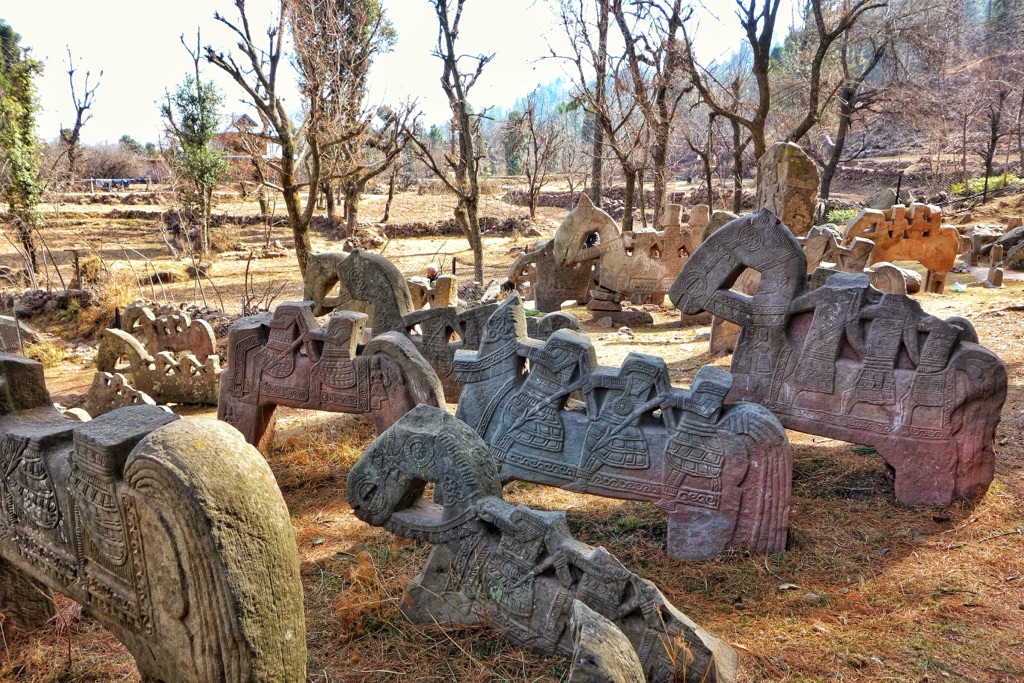
The title of the oldest artifact on earth goes to the stone tools found in Lomekwi 3, Kenya, which date back to 3.3 million years ago. These tools predate the earliest known humans and suggest that tool-making was a part of our pre-human ancestors’ way of life. These ancient tools mark a significant milestone in human evolutionary history, indicating the beginnings of technology and innovation. They are not just simple objects; they represent the dawn of human ingenuity and the very first steps towards the complex societies we have today.
An ancient artifact can be defined as any item made or used by humans in ancient times that has cultural, historical, or archaeological significance. These artifacts can range from monumental structures like the pyramids of Egypt to small, everyday objects like Roman coins. They can include items as diverse as weapons, clothing, and artwork. Each artifact, no matter its size or apparent significance, offers a glimpse into the lives of those who came before us, providing evidence of past behaviors, beliefs, and social structures.
Famous ancient artifacts not only include monumental finds like the Rosetta Stone or the treasures of Tutankhamun’s tomb but also the Terracotta Army of China, the Dead Sea Scrolls, and the Venus of Willendorf. The Terracotta Army, buried with the first Emperor of China, Qin Shi Huang, consists of thousands of life-sized figures meant to protect the emperor in the afterlife. The Dead Sea Scrolls, discovered in a series of caves near the Dead Sea, are ancient Jewish texts that offer invaluable insight into the history of Judaism and the early text of the Bible. The Venus of Willendorf, a small Paleolithic figurine discovered in Austria, dates back to about 28,000 BCE and is thought to represent fertility. Each of these artifacts, in its own way, has reshaped our understanding of human history, offering evidence of the complexity, diversity, and ingenuity of ancient civilizations.
List of Discovered Ancient Artifacts
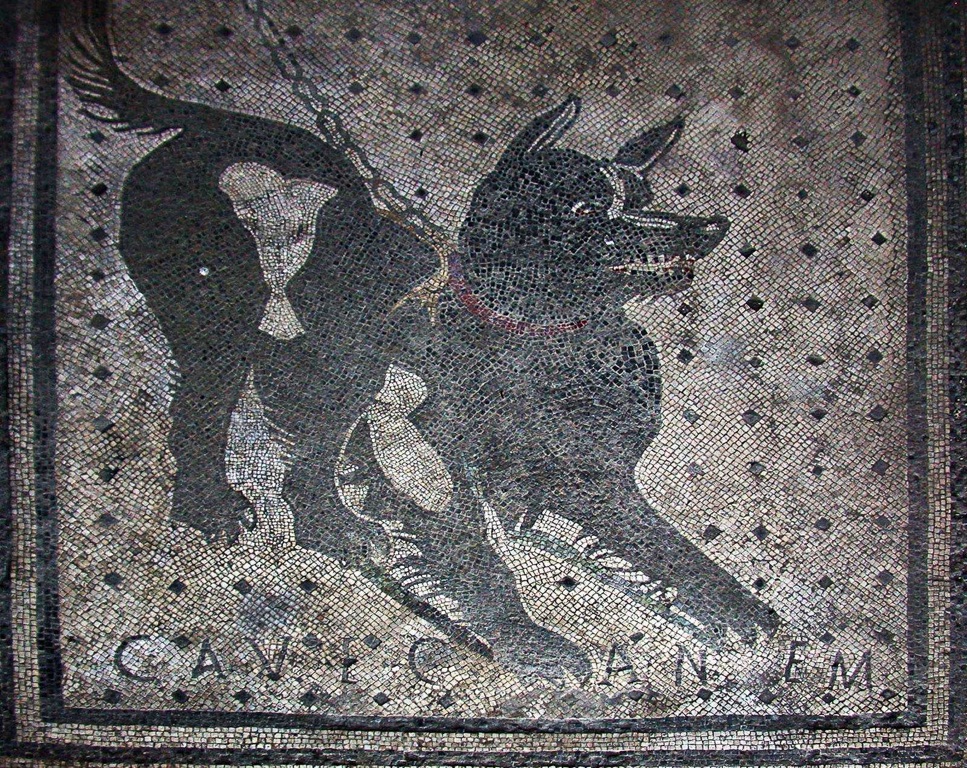
Cave Canem Dog Mosaic
Our historical journey today takes us to the ancient city of Pompeii, Italy, where we will explore a fascinating artifact known as the Cave Canem Dog Mosaic. This captivating piece of art, which translates to “Beware of the Dog,” is a testament to the rich culture and lifestyle of the Romans during the 1st century AD.
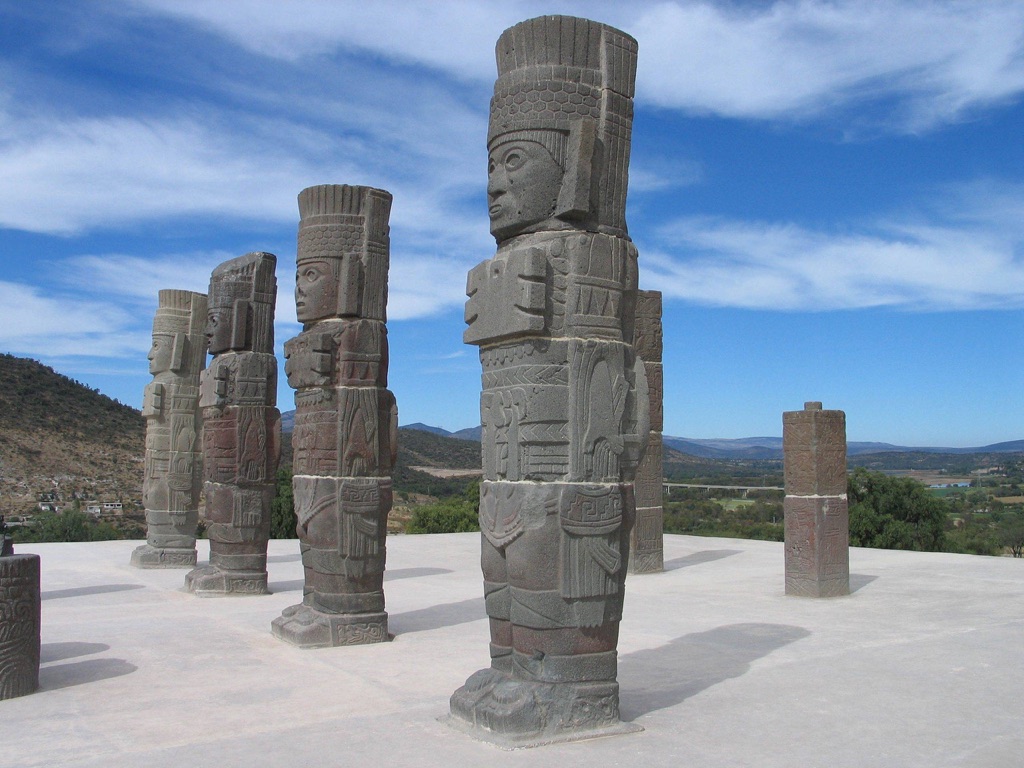
Atlantean figures
Atlantean figures are a fascinating architectural feature belonging to the Toltec culture in Mesoamerica. These stone sculptures take their name from the European tradition of similar Atlas or Atalante figures in classical architecture, where they were used as supporting structures in place of columns or pillars. The most famous examples of Toltec figures can be found in the ancient city of Tula, located in present-day Mexico.
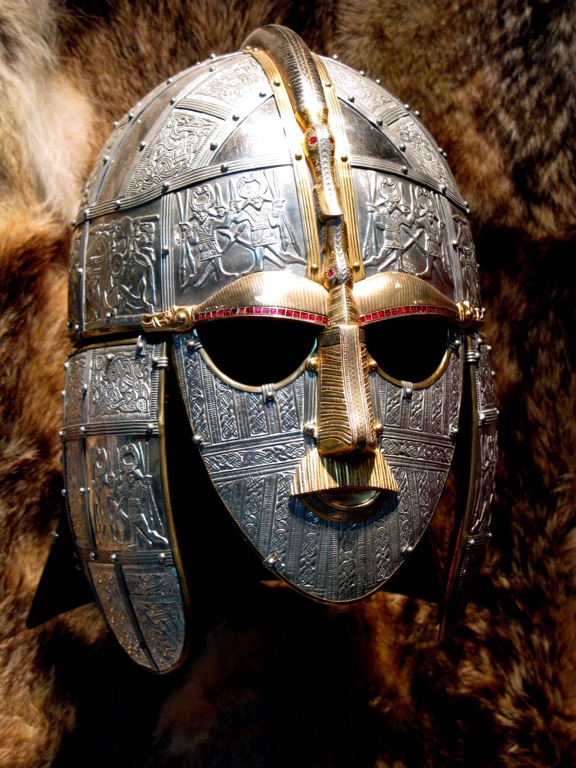
Sutton Hoo Helmet
Located in the heart of Suffolk, England, the Sutton Hoo Helmet is a remarkable artifact that has captivated historians and archaeologists alike. This iconic Anglo-Saxon helmet was discovered in the Sutton Hoo ship-burial, one of the most significant archaeological finds in British history. The helmet’s intricate design and rich symbolism offer a fascinating glimpse into the past, shedding light on the culture, beliefs, and craftsmanship of the Anglo-Saxon era.
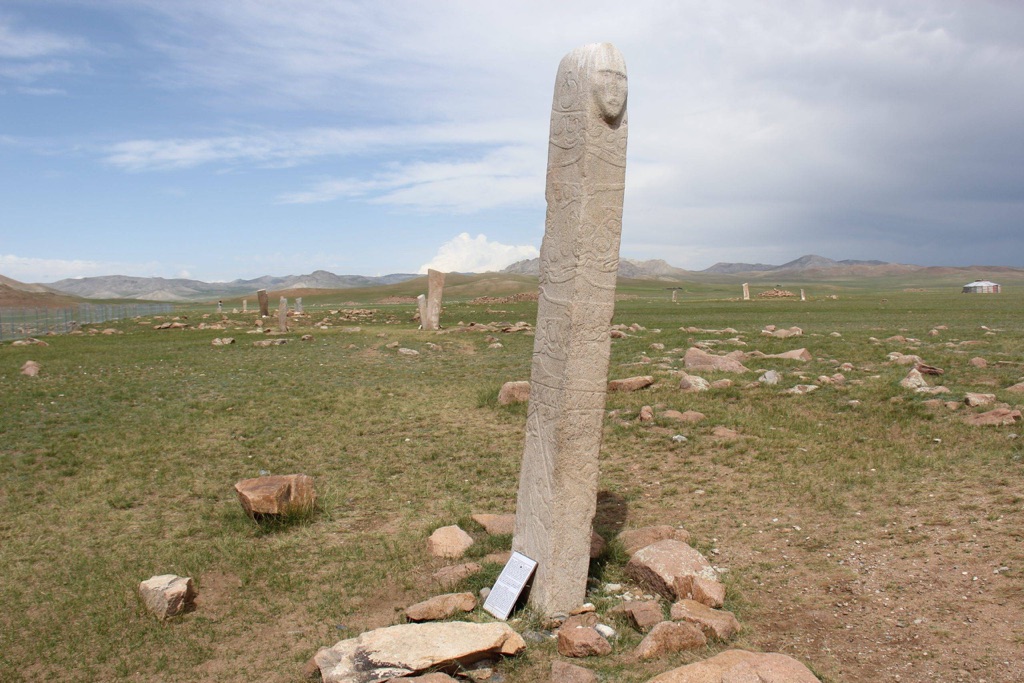
Deer stones
Deer stones, also known as reindeer stones, are ancient megaliths carved with symbolic and often intricate designs. These fascinating artifacts are predominantly found scattered across Mongolia and some parts of Siberia, with a few also discovered in parts of Kazakhstan and China. These stones, often standing alone in the vast Mongolian steppe, are a testament to the rich history and culture of the nomadic tribes that once roamed these lands.
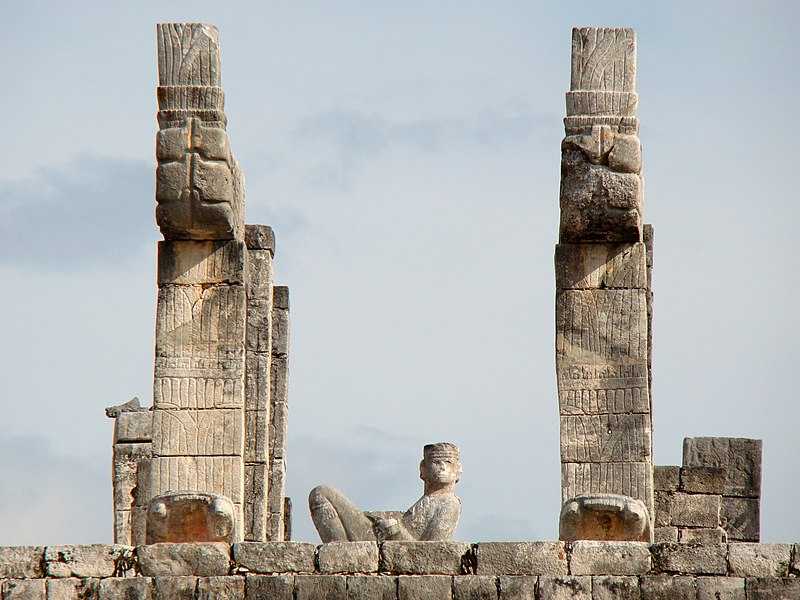
Chac Mool
The Chac Mool is a distinctive type of Mesoamerican sculpture featuring a reclining figure with its head turned to one side, holding a tray over its stomach. These intriguing artifacts are found in various regions of Mexico, particularly in the ancient cities of Chichen Itza and Tula. The name “Chac Mool” is attributed to Augustus Le Plongeon, a 19th-century archaeologist who named the sculpture after a Maya deity.

